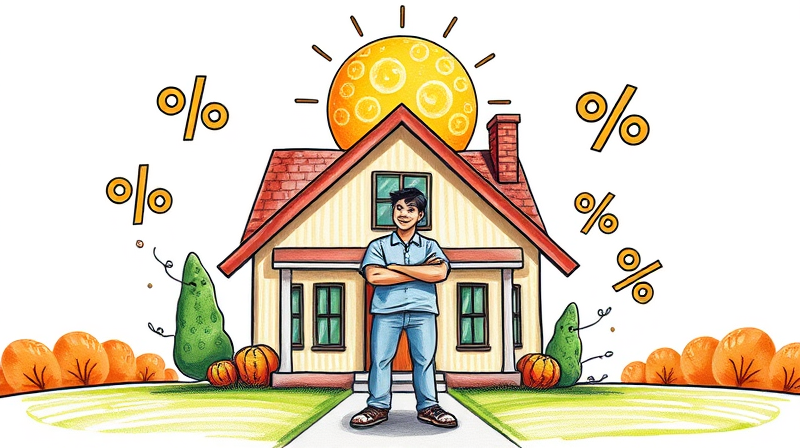
Deciding between fixed and variable interest rates can shape your financial future. This comprehensive guide will help you navigate these options and trade-offs.
Interest rates influence how much you pay when borrowing money. A a fixed rate loan structure remains constant over the life of a loan, while a a variable rate structure fluctuates based on underlying index changes.
Fixed rates are common in mortgages, auto loans, and some student loans, offering predictability and ease of budgeting. Variable rates appear in credit cards, home equity lines of credit, adjustable-rate mortgages (ARMs), and private student loans, presenting opportunities for savings but carrying potential surprises.
Underlying indices—like the prime rate or federal funds rate—plus a lender’s margin determine variable rates. Caps or ceilings may limit periodic or lifetime adjustments, adding another layer of complexity to rate structures.
Opting for a fixed rate offers stability in an unpredictable market. You know exactly what you owe each month, making long-term financial planning more straightforward.
Geographic and economic conditions can influence fixed-rate premiums. In low-rate environments, lenders charge more to hedge against future market increases, driving up initial costs for borrowers.
Variable rates often launch lower, offering immediate relief on monthly payments. Yet borrowers must brace for heightened financial risk exposure if indices rise sharply.
Many adjustable-rate loans include caps on how much rates can change per period or over the loan’s duration. These safeguards provide partial relief but may still result in significant payment jumps.
Consider a 30-year mortgage of $200,000 at 5% fixed: payments remain $1,074 each month. If rates climb to 6%, fixed borrowers still pay $1,074, while variable borrowers might see payments exceed $1,200 after adjustments.
ARMs (e.g., a 5/1 ARM) lock in a rate for five years, then adjust annually. Private student loans and HELOCs often tie rates to an index plus margin, subject to annual resets and calculated using lenders’ formulas.
Auto loans typically favor fixed rates, though some lenders offer variable structures linked to short-term benchmarks. Credit cards almost always use variable rates, which can dramatically escalate monthly balances if unpaid.
In student lending, some borrowers choose variable rates to chase low market yields during college, then refinance into fixed loans before graduation to avoid future hikes.
Borrowers should also examine rate adjustment frequency—monthly, quarterly, or annually—and whether the loan has lifetime caps to limit exposure.
Start by assessing your financial goals and cash flow needs. If consistent payments and long-term planning are priorities, fixed rates offer a sturdy foundation. Those seeking immediate relief and comfortable with uncertain monthly cost projections might explore variable options.
Use online amortization calculators to model scenarios under different rate paths. Review loan agreements for caps and adjustment terms. Engage a financial advisor to interpret market forecasts and tailor a strategy to your situation.
Consider refinancing existing fixed loans if rates fall below your current rate by a significant margin, after accounting for closing costs. Conversely, lock in a fixed rate before anticipated Fed rate hikes if you hold a variable loan.
By weighing these factors and understanding how market fluctuations impact payments, you can make a confident decision between fixed and variable rates. Your choice will influence not only your monthly budget but also your long-term financial security and peace of mind.
Whether you opt for the predictability of a fixed arrangement or the initial savings potential of variable terms, informed decision-making is your strongest ally. Armed with these insights, approach lenders and lock in the structure that best suits your life’s goals.
References













